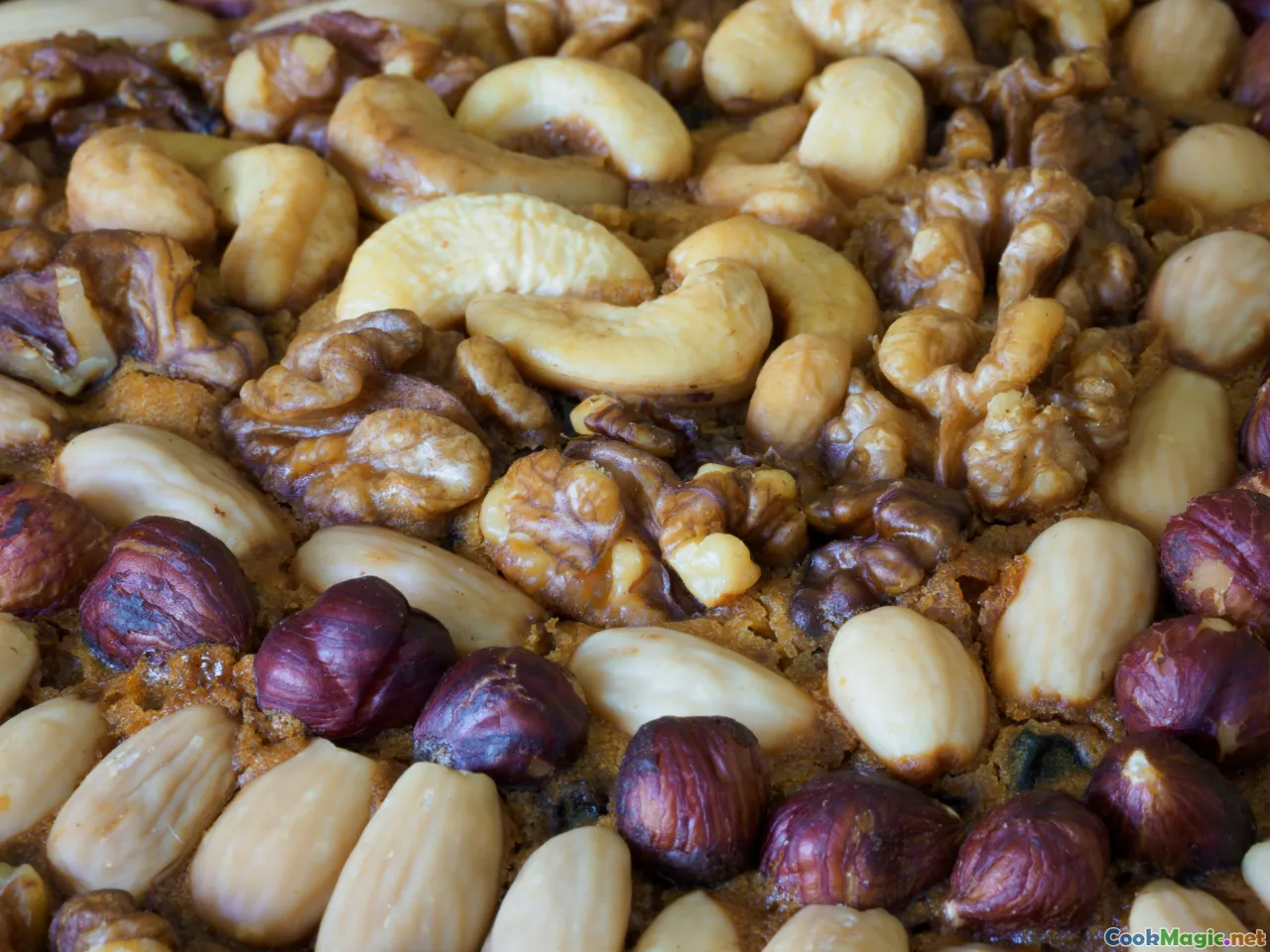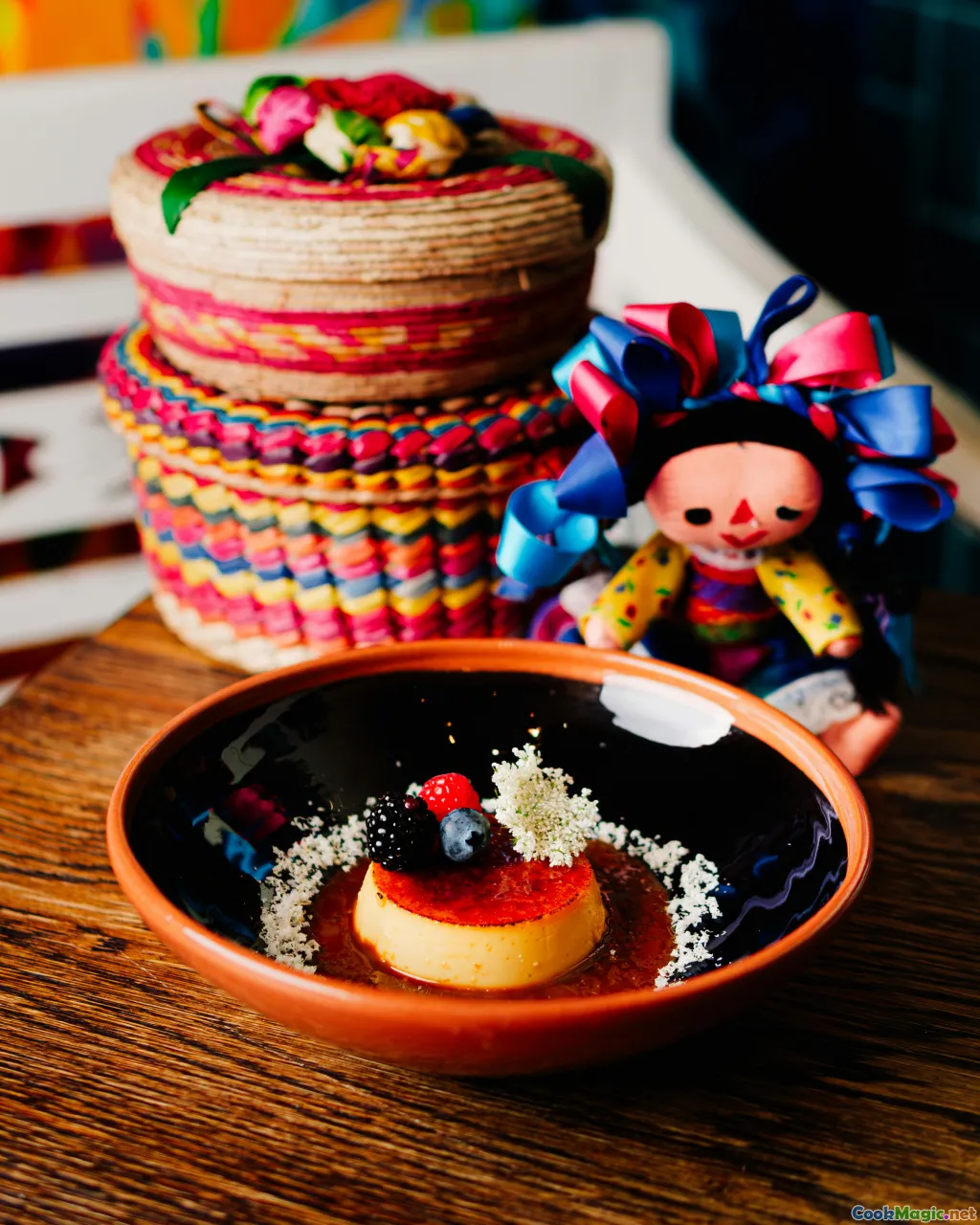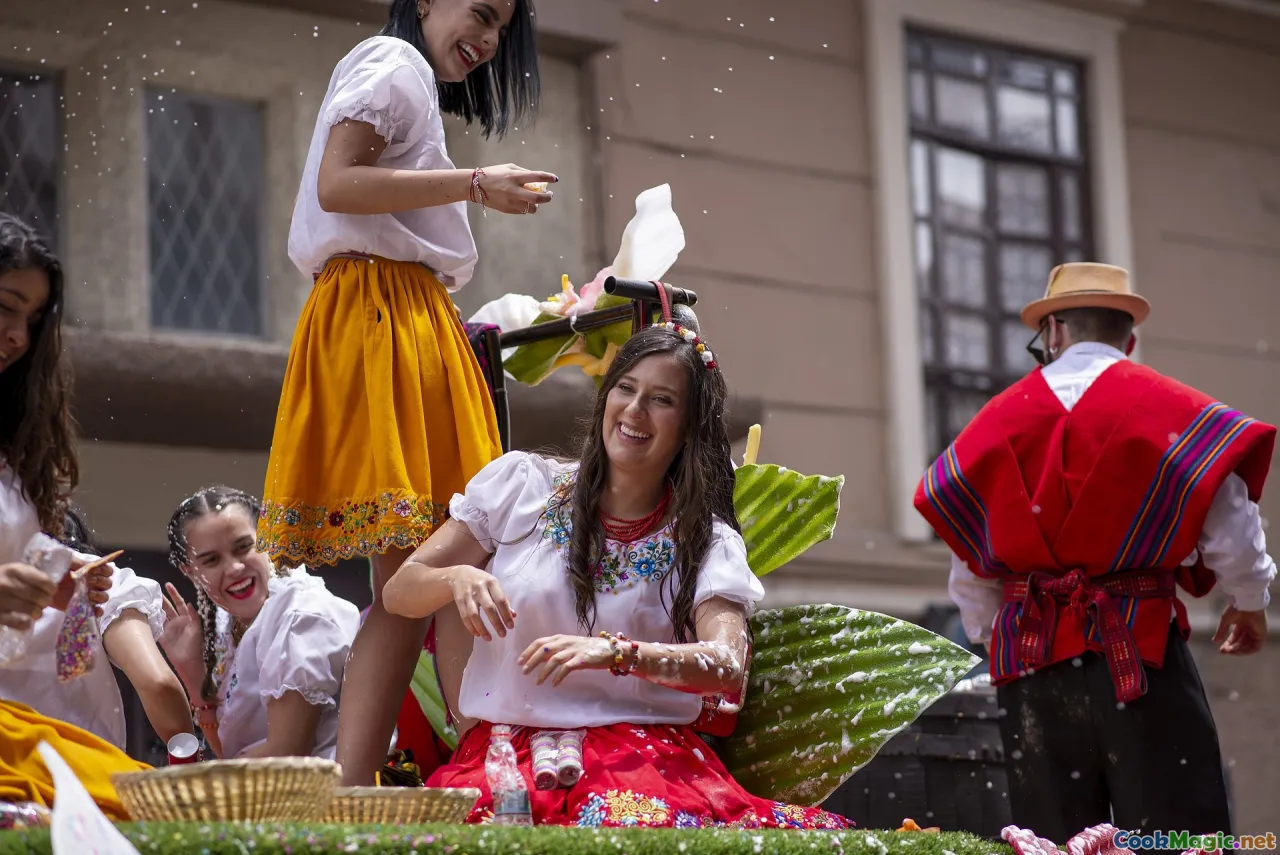Nuts and Dried Fruit Sweets of Andorra Explored
11 min read Discover the rich flavors of Andorra's traditional dried fruit and nut sweets, highlighting cultural heritage and culinary craftsmanship. July 14, 2025 21:05
Nuts and Dried Fruit Sweets of Andorra Explored
Nestled in the heart of the Pyrenees, Andorra is often celebrated for its dramatic mountain vistas, luxurious ski resorts, and charming villages. But behind its rugged landscapes lies a rich culinary tapestry woven with tradition, history, and an undeniable love for nature's sweetest gifts—nuts and dried fruits. These ingredients are not just snacks; they are cultural artifacts, woven into festivals, daily life, and personal stories passed down through generations. As I wandered through the narrow alleyways of Andorra la Vella, inhaling the aroma of roasting chestnuts and sweet dried figs, I discovered a world where flavors tell tales of the land and its people.
In this exploration, we delve into the enticing realm of Andorra’s nut and dried fruit confections, uncover their historical roots, perform taste analyses, and share personal insights that offer a window into the soul of Andorran cuisine.
The Historical Roots: From Mountain Pastures to Culinary Heritage

Long before modern sweet shops graced Andorran corners, ancient mountain communities relied on the bounty of their surroundings. Nuts like walnuts and hazelnuts, alongside dried fruits such as apricots, figs, and apples, were staple nourishment forms—preserved at harvest to sustain them through long winters.
During medieval times, merchants traveling along the Pyrenean routes started incorporating these dried treasures into simple confections, giving birth to early sweets that combined practicality and pleasure. Eventually, through influence from Catalonia, France, and Spain, these dried fruits and nuts found their way into more intricate recipes, indelibly etching themselves into Andorran culinary traditions.
Local festivals, such as La Fira de Sant Joan, feature stalls piled with nuts roasted on open flames and candies glistening with honey or sugar. These celebrations celebrate seasonal bounty, serve as communal bonding moments, and honor the land’s fertility.
Traditional Nut and Dried Fruit Confections: A Taste of Tradition

One of the most iconic treats in Andorra isNeules—delicate, wafer-thin pastry sheets often infused with nuts like hazelnuts or almonds. Although primarily baked during Christmas, these treats are enjoyed year-round, crumbling gently against the tongue, rich with a subtle nutty aroma.Turron de Fruits Secos is another beloved delicacy— a firm, chewy block of roasted nuts, mixed with candied dried fruits, bound together with honey, reminiscent of classic Spanish turrón but with a distinct Pyrenean twist. Slices reveal a mosaic of almonds, apricots, and walnuts, each bite offering a burst of sweet, earthy, and tangy flavors.
Local bakeries and markets also feature Coca varieties—slab-like pastries topped generously with dried figs, plums, and chopped hazelnuts, layered with a honey glaze that crisps lightly as it cools.
Uncovering Hidden Gems: Regional Variations and Personal Favorites

While national staples exist, distinct regional variations add depth to Andorran nut-and-dried fruit sweets.
In the quaint village of Ordino, I discovered a family recipe handed down through generations—Galletes de Fruits Secs, small, dense cookies packed with dried apricots, figs, and roasted almonds, finished with a dusting of cinnamon. The aroma alone transports you to a cozy mountain hearth.
In activity-filled Andorra la Vella, local markets spill over with Mix de Fruits Secs—heaping bowls of dried cherries, apricots, and hazelnuts seasoned with a touch of sea salt and smoked paprika, encouraging blending and experimentation.
For those seeking personal favorites, try the Tamal de Fruits Secs, a soft, fragrant bread swirled with dried figs and walnuts, served during special festive seasons or family gatherings.
Savoring the Flavors: Tasting Tips and Pairings

To truly appreciate these confections, approach them with a mindful palate. Dried fruits, especially apricots and figs, offer concentrated sweetness balanced by a hint of natural tang or earthiness. Nuts like walnuts and hazelnuts contribute a mild bitterness and satisfying crunch.
Pair these sweets with traditional Andorran beverages— a glass of Ratafía (a fortified fruit liqueur infused with local dried fruits and herbs) complements the sweetness while enhancing floral and spicy notes. Apple or pear ciders also make excellent accompaniments.
When serving, consider contrasting textures: a crisp Neula with a dollop of soft goat cheese, or dried fig slices layered over local honey and crunchy toasted hazelnuts for an indulgent sight and taste experience.
Making Your Own Little Slice of Andorra at Home

Inspired to bring a piece of Andorran sweetness into your kitchen? Here’s a simple recipe to craft Nut and Dried Fruit Medley that evokes the spirit of Pyrenean traditions:
Ingredients:
- 200g mixed dried apricots, figs, and prunes, chopped
- 150g assorted nuts (hazelnuts, walnuts, almonds), toasted
- 2 tablespoons honey or maple syrup
- 1 teaspoon ground cinnamon
- A pinch of sea salt
- Optional: dried rose petals or edible gold for decoration
Method:
- In a mixing bowl, combine the dried fruits and toasted nuts.
- Warm the honey with cinnamon until slightly runny, then pour over fruit and nuts, gently tossing to coat.
- Spread the mixture onto a parchment-lined tray and press down to compact.
- Chill for at least two hours, then cut into slices or small bars.
- Decorate with dried edible flowers or a drizzle of dark chocolate for an extra festive touch.
These sweet, nutrient-dense bites are perfect for savoring with coffee or assembling into a festive gift box—an edible homage to Andorra’s mountain bounty.
Celebrating Nut and Dried Fruit Sweets: Festivals and Culinary Collectives

Throughout the year, Andorrans celebrate their agricultural heritage with festivals that honor nuts and dried fruits. The Fira de la Tardor in Escaldes-Engordany transforms the town into a village of flavors, featuring cooking contests, workshops on making traditional confections, and tasting booths offering locally produced dried fruits.
The mountain cooperatives also foster community sharing, passing down recipes and techniques that keep these culinary traditions alive amidst modern influences.
As travel and cultural curiosity intertwine, many itineraries now include visits to small family-run factories, where visitors can see nuts being roasted over open flames, dried fruits laid out under the mountain sun, and sweets carefully packaged for sale. It’s an immersive way to understand how the land’s wealth shapes its confections.
The Emotional and Cultural Significance of These Sweets

Nuts and dried fruits in Andorra aren’t merely ingredients; they represent resilience, community, and an enduring connection with nature. Every bite is imbued with stories of mountain life—harvests, family collaborations, festive joy. These sweets evoke memories of childhood, shared moments in mountain kitchens, and the pride of preserving a culinary legacy in a rapidly changing world.
For visitors, tasting these confections sparks a feeling of intimacy with Andorra’s soul—an edible narrative of perseverance, celebration, and the simple joy found in the land’s gift.
As I sit in a mountain café, savoring sticky dried figs paired with crunchy hazelnuts, I realize that these flavors encapsulate not just taste but the very spirit of Andorra—a resilient, joyous land rooted firmly in its traditions yet endlessly inviting exploration.
Embark on your own journey through Andorra’s sweet tapestry. Let the nuts and dried fruits guide you through its mountains, its stories, and its timeless hospitality.









